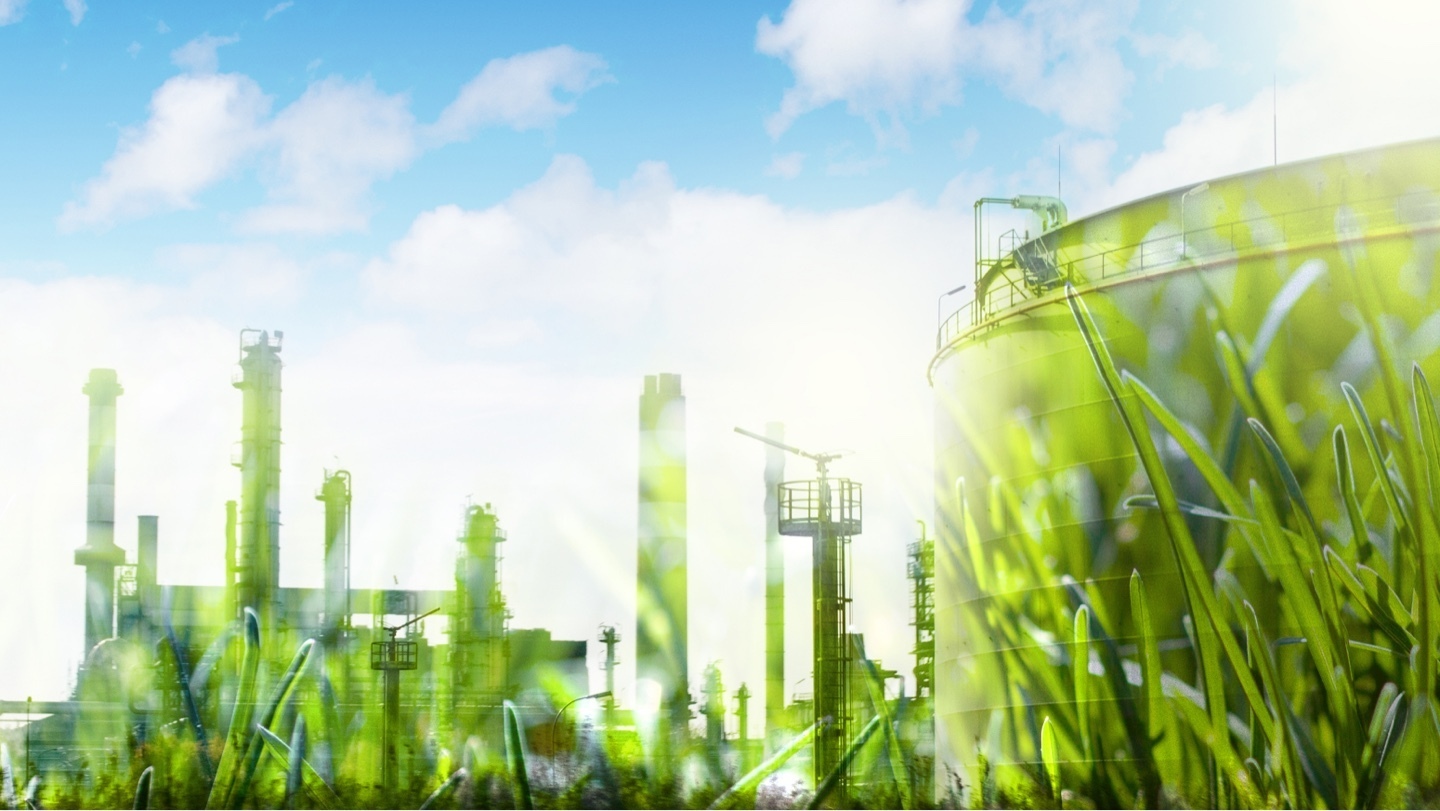A Circular Economy is about valuing and adding value to our resources by getting as much use out of products and materials as possible, and reducing how much waste we generate.
This data portal uses an advanced data prediction model to provide insights into precinct-level waste production and opportunities for circular economy programs. The predictive model builds on a dataset containing actual waste and resources data from thousands of businesses around the world, enriched local data points and targets businesses, Councils and State Government agencies. Analytics from the portal can support development of waste policies and programs, identify infrastructure investment opportunities, and connect waste generator outputs with waste taker inputs to grow the local circular economy.
Our data portal
Predictive Analytics Platform
Data on commercial and industrial waste - and how materials flow through precincts - is often limited. To address this gap, Peclet developed a predictive analytics model and data portal, funded by the NSW Government's Circular Economy Innovation Challenge.
Explore the platformPlatform Goals
Predict waste generated by local businesses on one
hand and potential waste takers on the other hand.
Facilitate the identification of potential local
material exchange networks, and identify the need
for new waste transformation infrastructure.
Watch the video below to get an overview of the CE Data Portal
How can we use the data
Council, region or
state government
Councils and regional bodies can use the data to:
- Inform strategic planning for future resource recovery facilities.
- Identify suitable locations and needs for local recycling, reuse, or circular economy infrastructure.
- Support recycling operators by mapping available material streams.
- Provide evidence to strengthen investment attraction initiatives.
- Guide policy development to meet sustainability and circular economy targets.
- Engage local businesses in circular practices and waste reduction efforts.
Businesses
Businesses can use this data to:
- Source local waste materials as feedstock for their operations.
- Lower waste collection and recycling costs compared to traditional disposal methods.
- Identify nearby businesses with similar waste streams to collaborate and achieve scale for shared processing.
- Generate new revenue streams by supplying or repurposing waste within the local circular economy.
- Improve environmental performance.


